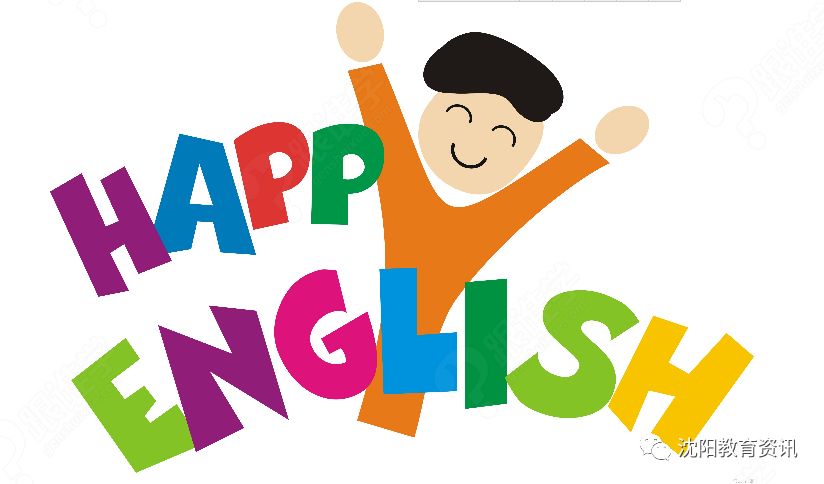
副词及其基本用法
1 副词的种类、用法和位置
副词在句子中修饰动词、形容词、副词或整个句子。用来表示时间、场所、状态及程度。
1.副词的种类
(1)时间副词
①表示大体时间:now,then,yesterday,today, tonight,before,justnow,recently,so far
②表示频率:always,usually,often,sometimes.seldom,never
③其它作用:already,yet,late,early,soon,at once,immediately,atfirst,at last,finally
(2)地点副词
①表地点:
here,there,home,abroad,upstairs,downstairs,anywhere,everywhere,
nowhere,somewhere.
②表位置关系(后接宾语时,用作介词):
above,below,round,around,down,up,in,out,inside,outside,across,back,along,over,
away,near,off,past
(3)方式副词表示谓语动词"怎样地",(此类副词大部分由形容词加ly构成):
badly,bravely,gratefully,calmly,carefully,carelessly,nervously,proudly,patiently,
politely,sadly,properly,rapidly,wrongly,suddenly.
(4)程度副词 多数用来修饰形容词或副词:much,(a)little,a bit,very,sO,too,enough,quite,rather,completely,terribly,deeply,nearly,almost,hardly
(5)疑问副词 构成特殊疑问句:how,when, where,why
(6)连接副词 连接主语、宾语或表语从句原由网:how,when,where,why
(7)关系副词 引导定语从句:when,where,why
(8)其它性质的副词对整个句子进行说明,一般用逗号与主句隔开:
frankly(坦率地说,说真的),generally(一般说来),luckily(幸运地是),first of all(首先)等。

1、地点副词、时间副词和方式副词一般放在句末
注意
地点副词作定语时要后置,不属于这种情况。有时少数地点副词和时间副词可以作定语,放在所修饰词的后边。
The students here are all from China.
I'll wait for you here.原由网(地点副词)
我将在这儿等你。
I'll meet him at the station tomorrow.(时间副词)
明天我将去车站接他。
Tomorrow I'll meet him at the station.
注意
有时为了强调时间,也可把时间副词放在句首。
The boy wrote the homework quickly.
(方式副词)
这个男孩子写作业很快。
They did their experiments carefully in the labyesterday.方式 地点时间
昨天他们在实验室认真地做实验。
The students all worked well here last week
这些学生上周在这里都做得很好。
2.频度副词在句中位置有以下两种
a.在be动词、情态动词及第一个助动词之后。
She is always kind to us(be动词)
她对我们总是很好。
I can never forget the day.(情态动词)
我永远也不能忘掉这一天。
The work has never been done.
助动词 助动词
(频度副词never放在第一个助动词has的后面)
这件工作永远也做不完。
b.在实义动词之前
He often goes to school early.(实义动词)
他常常早到校。
3.程度副词有下列二种情况
a.修饰动词时,它在句中的位置与频度副词的情况相似。
He is almost forty years old.(在be动词之后)
他快四十岁了。
注意
如果句末同时有几个副词,它的基本顺序是:方式副词+地点副词+时间副词。
He can hardly understand you.
(在情态动词之后)
他几乎听不懂你的活。
I like the boy.(在实义动词之前)
我相当喜欢这个男孩子。
b.修饰形容词、副词时,放在它所修饰的词的前面。
He studies much harder now.
现在他学习努力多了。
The room is big enough to hold fifty persons.
(enough修饰形容词)
这个房间够大的可以容纳50人。
He runs fast enough.(enough修饰副词)
他跑得够快的。
注意:副词very 可以修饰形容词,但不能修饰动词。
改错:(错) I very like English.
(对) I like English very much.
注意:副词enough要放在形容词的后面,形容词enough放在名词前后都可。
I don't know him well enough.
There is enough food for everyone to eat.
There is food enough for everyone to eat.
6 兼有两种形式的副词
1) close与closely
close意思是"近"; closely 意原由网思是"仔细地"
He is sitting close to me.
Watch him closely.
2)late 与lately
late意思是"晚"; lately 意思是"最近"
You have come too late.
What have you been doing lately?
3)deep与d原由网eeply
deep意思是"深",表示空间深度;deeply时常表示感情上的深度,"深深地"
He pushed the stick deep into the mud.
Even father was deeply moved by the film.
4)high与highly
high表示空间高度;highly表示程度,相当于much
The plane was flying high.
I think highly of your opinion.
5)wide与widely
wide表示空间宽度;widely意思是"广泛地","在许多地方"
He opened the door wide.
English is widely used in the world.
6)free与freely
free的意思是"免费";freely 的意思是"无限制地"
You can eat free in my 原由网restaurant whenever you like.
You may speak freely; say what you like.
7某些副词在用法上的区别
(1) already, yet, still
already表示某事物已经发生,主要用于肯定句;yet表示期待某事发生,主要用于否定句和疑问句;still表示某事还在进行,主要用于肯定句和疑问句,有时也可用于否定句。如:
We've already watched that film.
I haven't finished my homework yet.
He still works until late every night.
(2) too, as well, also, either
too, as well和 also用于肯定句和疑问句,too和as well多用于口语,一般放在句末,而also多用于书面语,一般放在句中与动词连用。either用于否定句和否定的疑问句,往往放在句末。如:He went there too.
He didn't go there either.
I like you as well.
I also went there.







